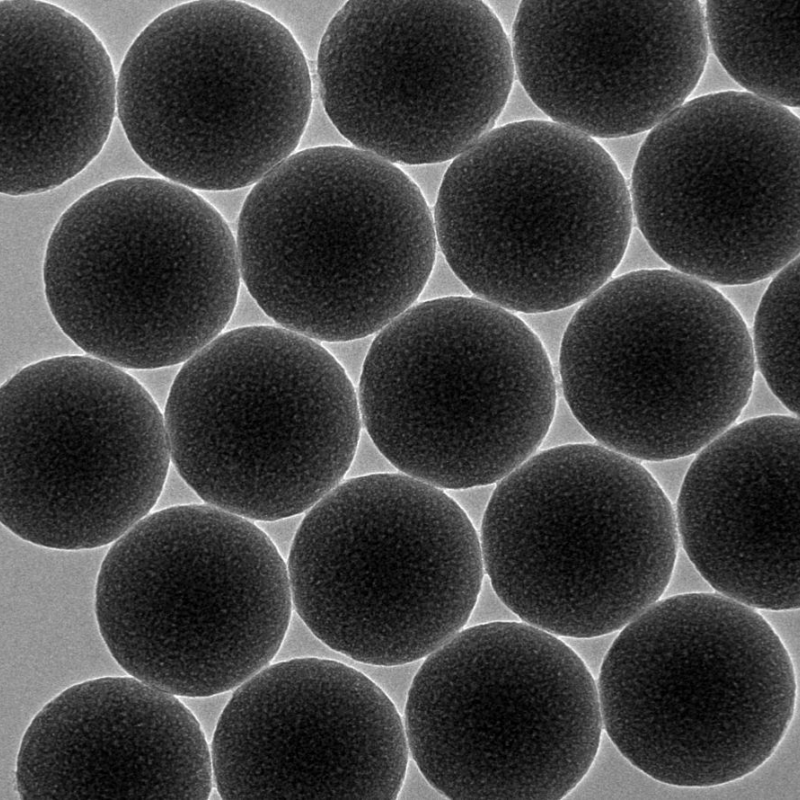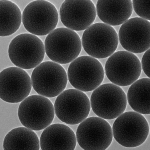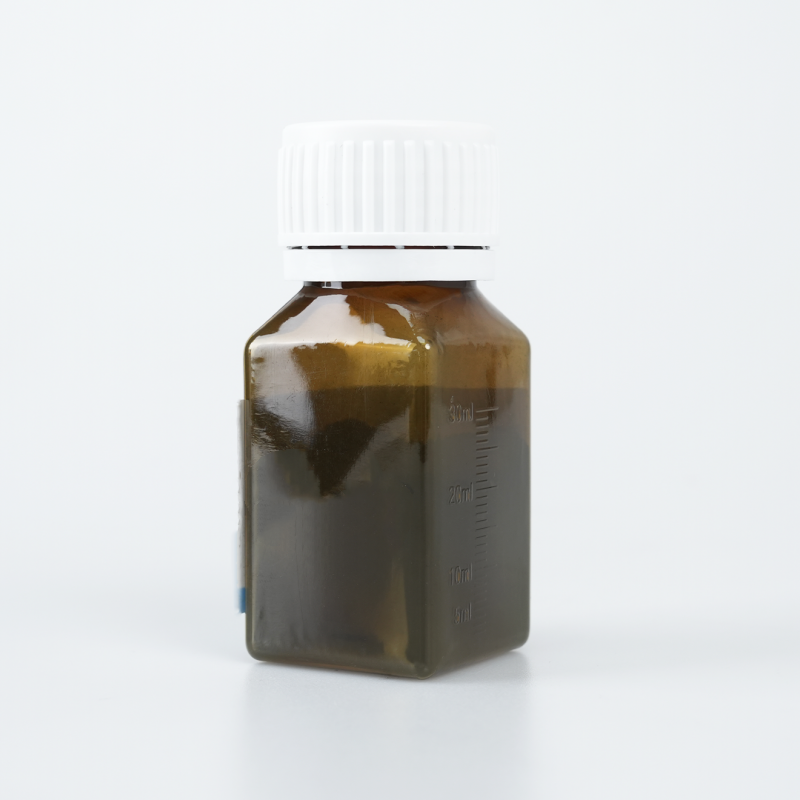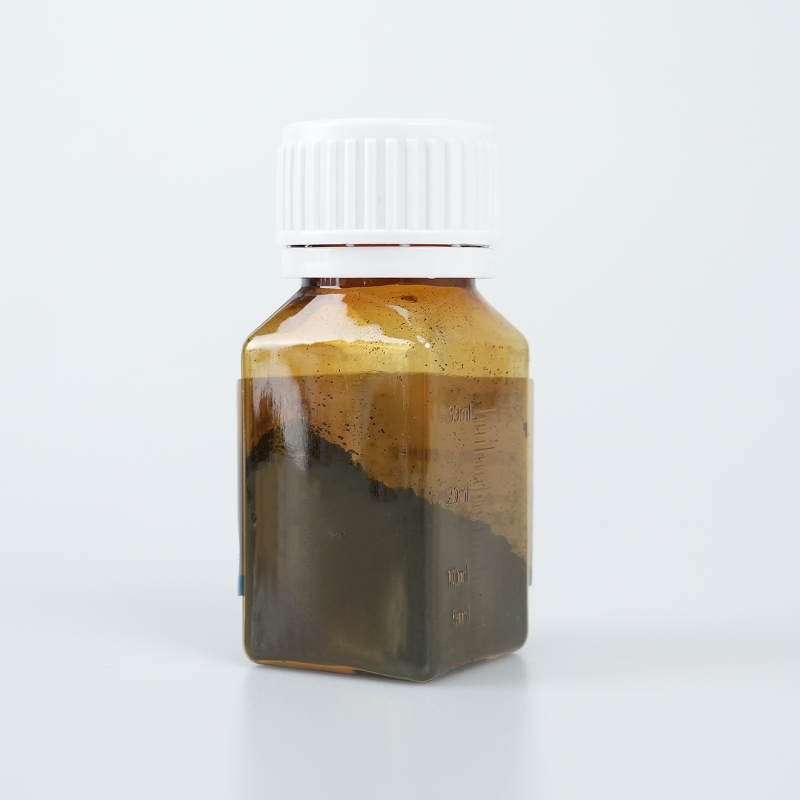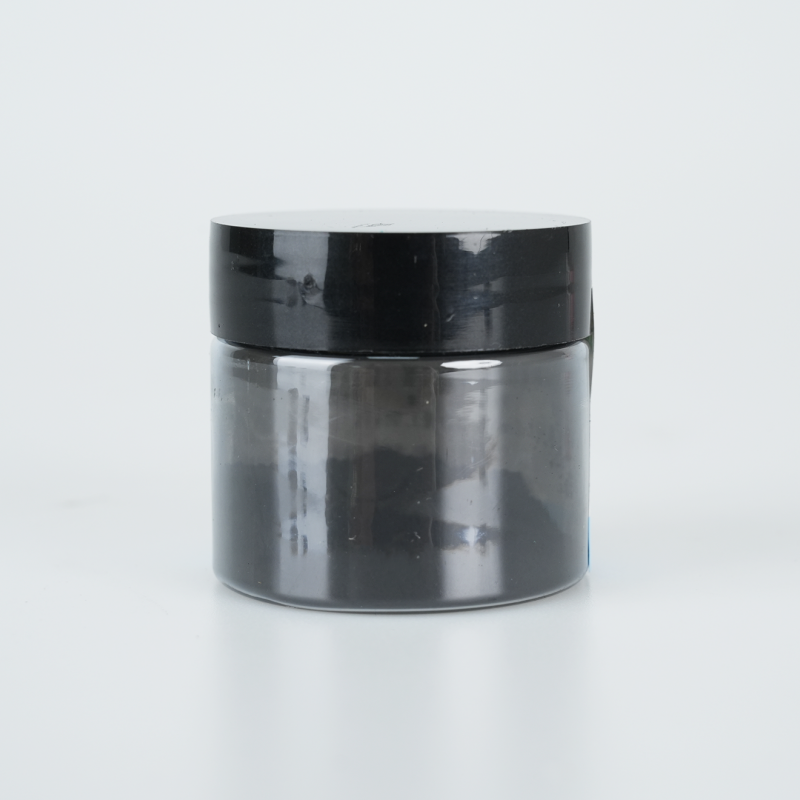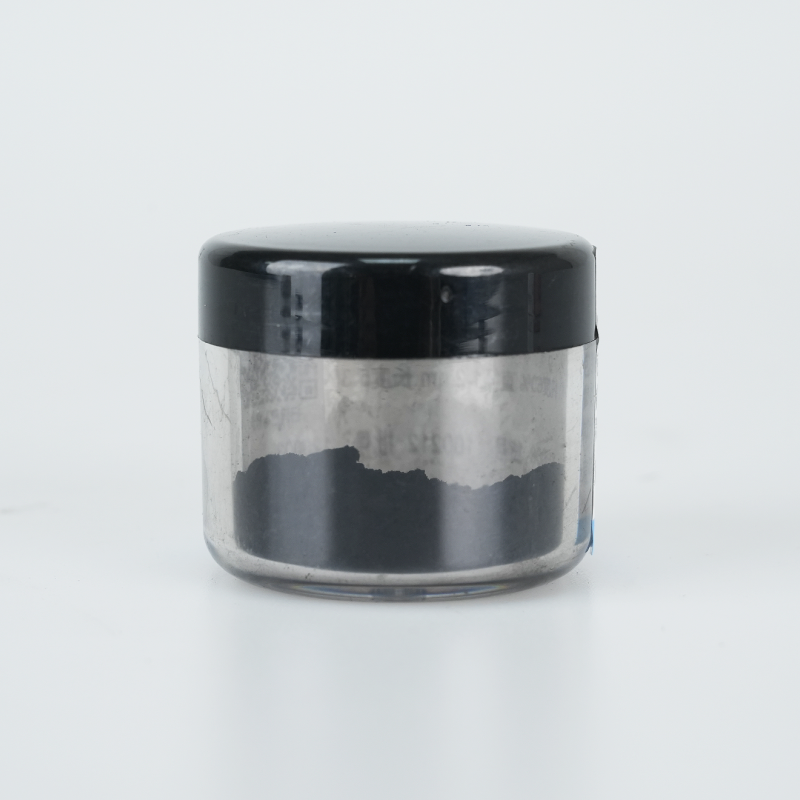Solid silica nanoparticles (powder) provide optimized particle uniformity, superior dispersibility, and enhanced mechanical reinforcement. Designed for coatings, composites, and biomedical applications, they ensure precise structural integrity, extended durability, and excellent adaptability.
Product Overview
Solid silica nanoparticles feature adjustable size, morphology, and microstructure, with easy functionalization of their surface. These properties make them widely applicable in various fields, including materials chemistry, physics, catalysis, adsorption, sensing, and biomedicine. Typically synthesized via the sol-gel method, these nanoparticles can be manufactured as high-quality, monodispersed silica particles. By precisely controlling reaction conditions, such as precursor concentration, reaction time, and temperature, the size and dispersibility of the particles can be tailored to meet specific application requirements.
Key Features
- Controllable Particle Size:The size of the silica nanoparticles can be precisely controlled by adjusting reaction conditions (e.g., precursor concentration, reaction time, temperature).
- Good Monodispersity:The nanoparticles exhibit excellent monodispersity with a uniform size distribution.
- Adjustable Surface Properties:The surface can be modified to change the chemical properties, such as amino functionalization (APTES modification) or carboxylation (modified with succinic anhydride), to meet specific application needs.
Applications
- Chromatography Packing Materials:Due to their excellent monodispersity and chemical stability, they are used as stationary phase materials in high-performance liquid chromatography (HPLC) and gas chromatography (GC).
- Optical Materials:Used in the preparation of optical coatings, anti-reflection films, and other optical devices to improve their performance.
- Coatings and Paints:Enhances the wear resistance, corrosion resistance, and hardness of coatings and paints.
- Biomedical Applications:Surface-functionalized nanoparticles can be used to separate specific cell types by modifying with particular antibodies or ligands. They can also be combined with fluorescent dyes or quantum dots for cell and tissue imaging.
| Parameter | Value |
| State | White powder |
| Remark | Customizable from 20nm to 5um |
 new material
new material

